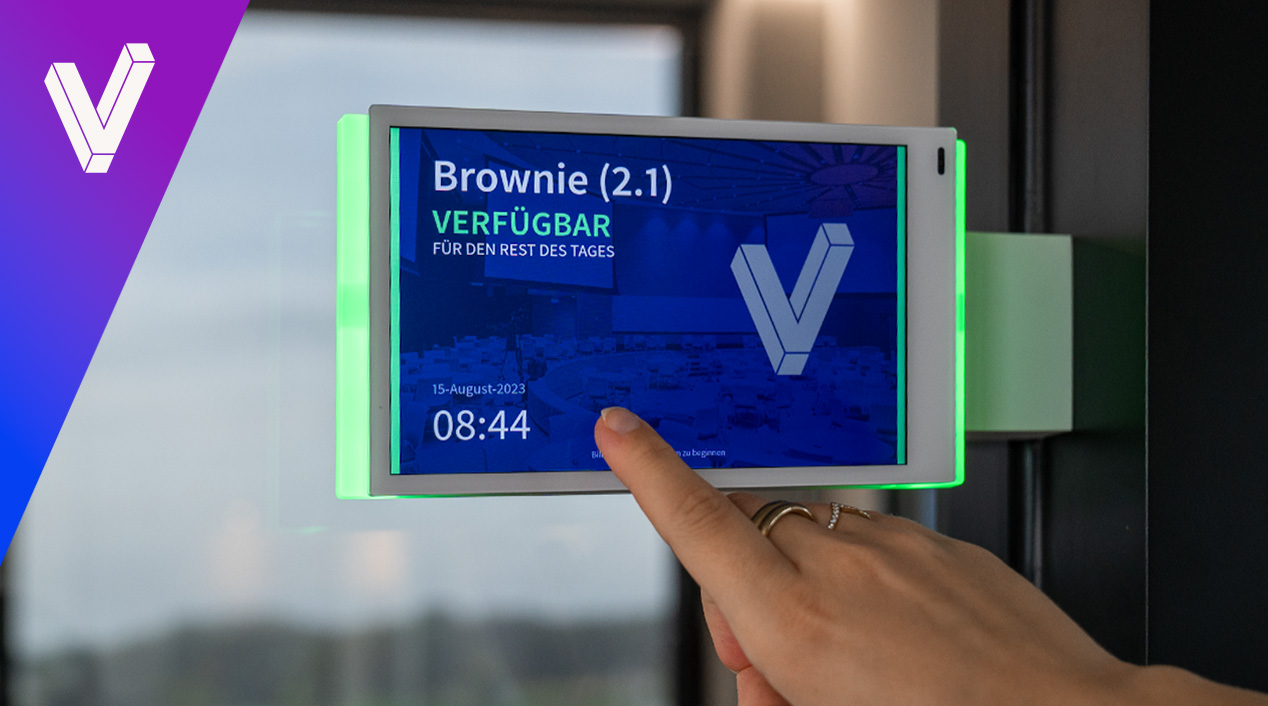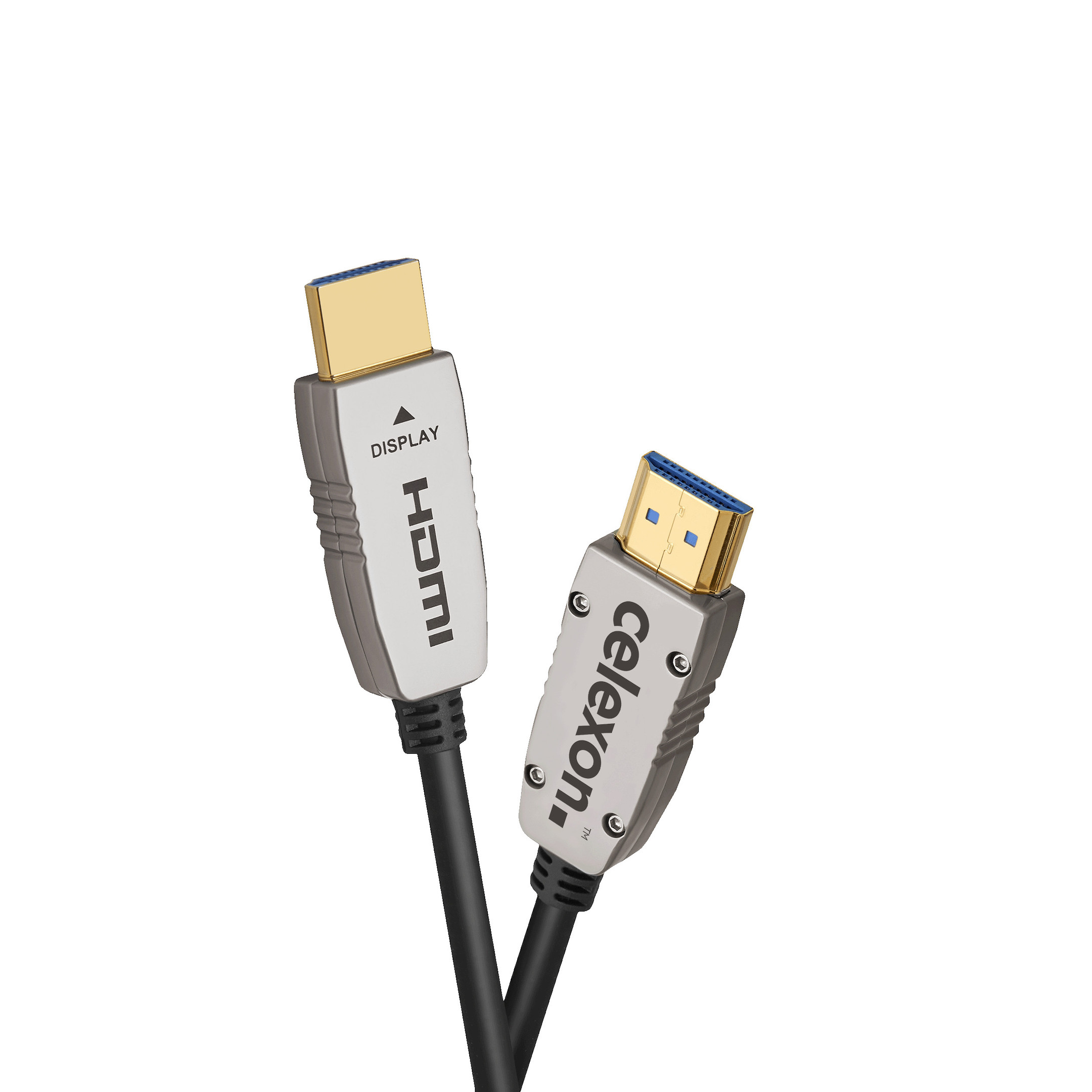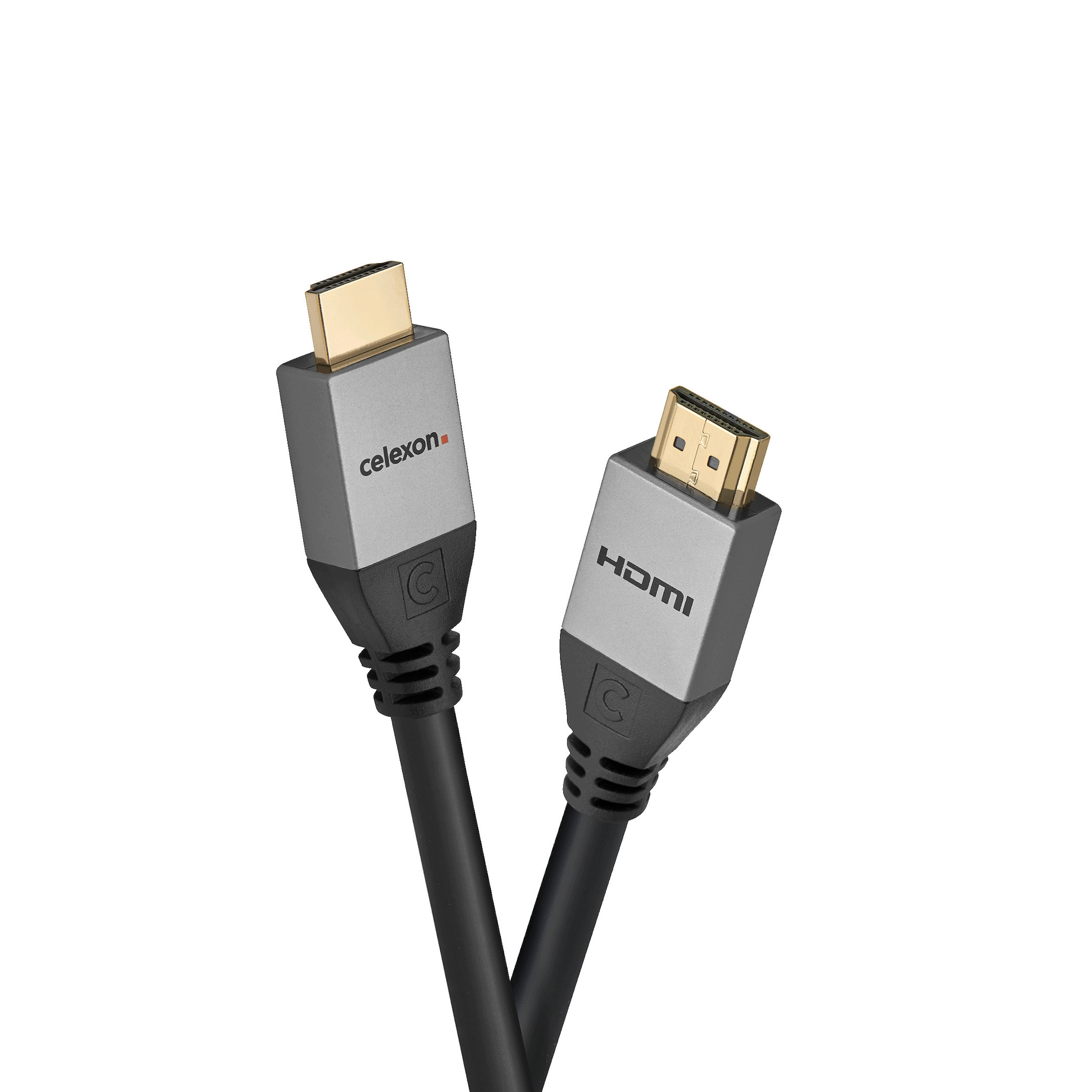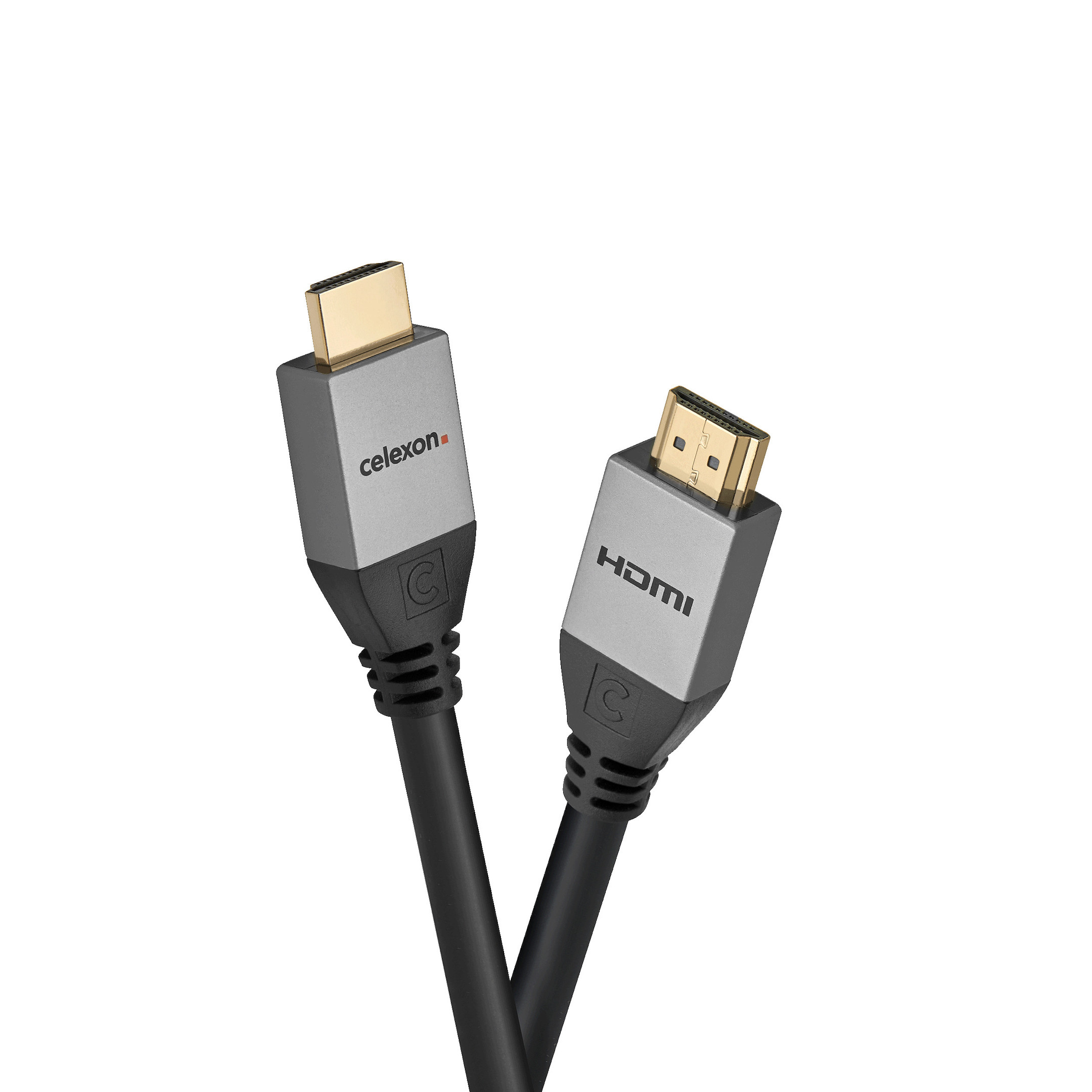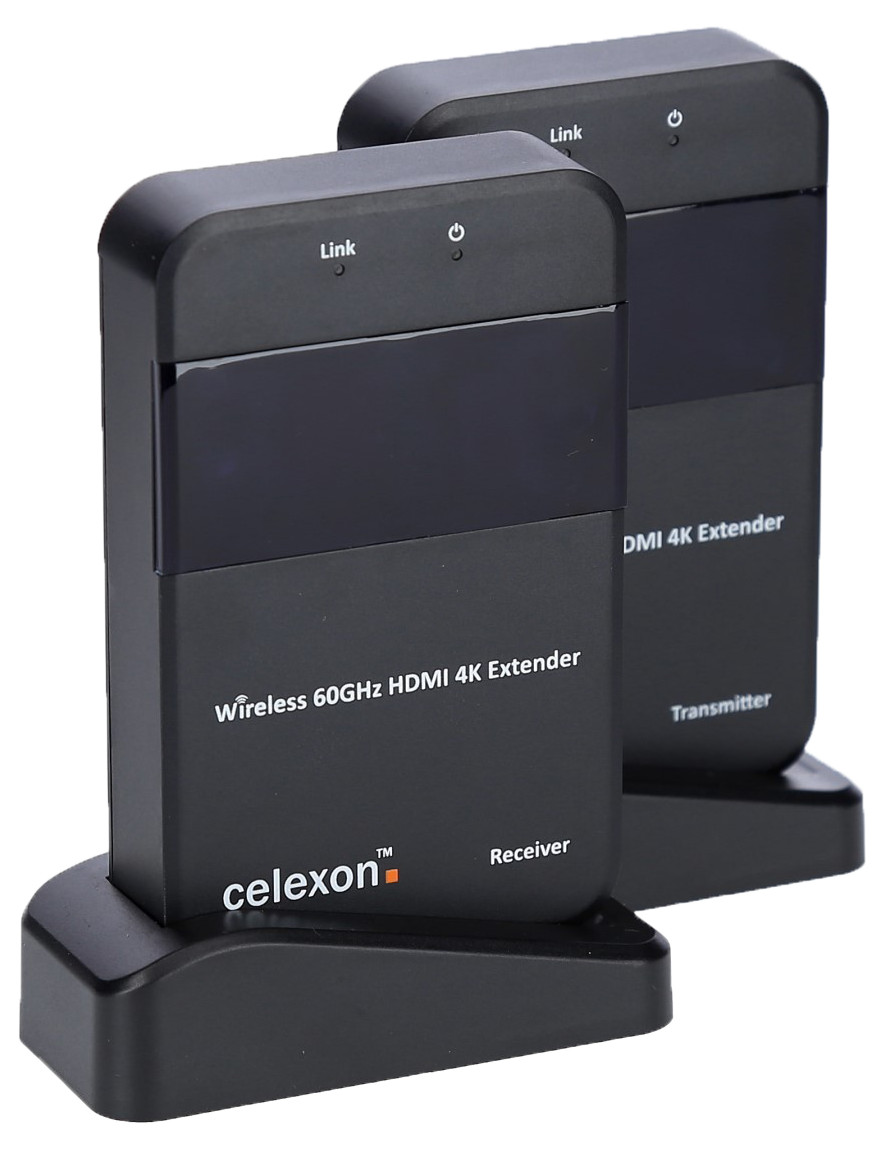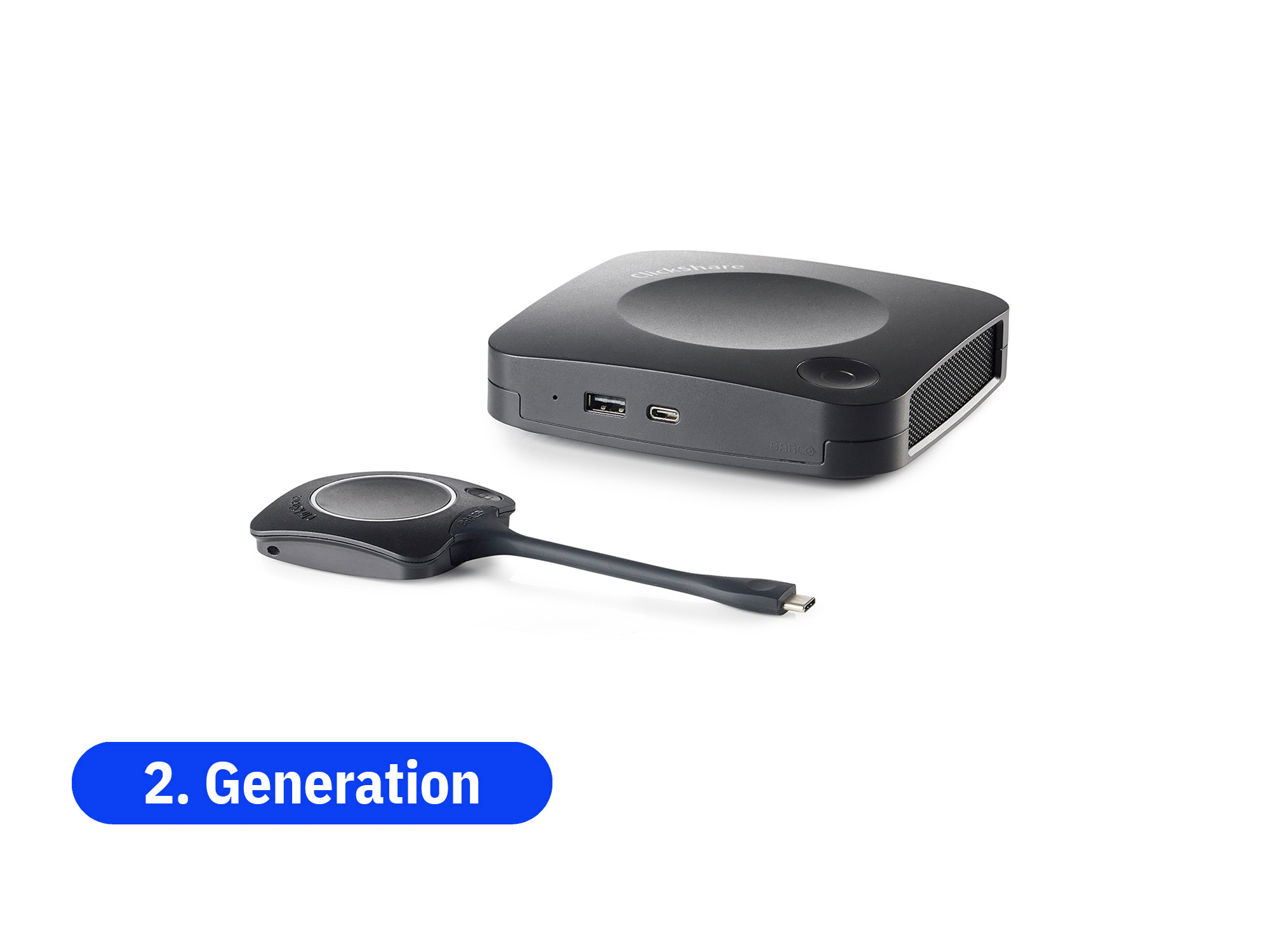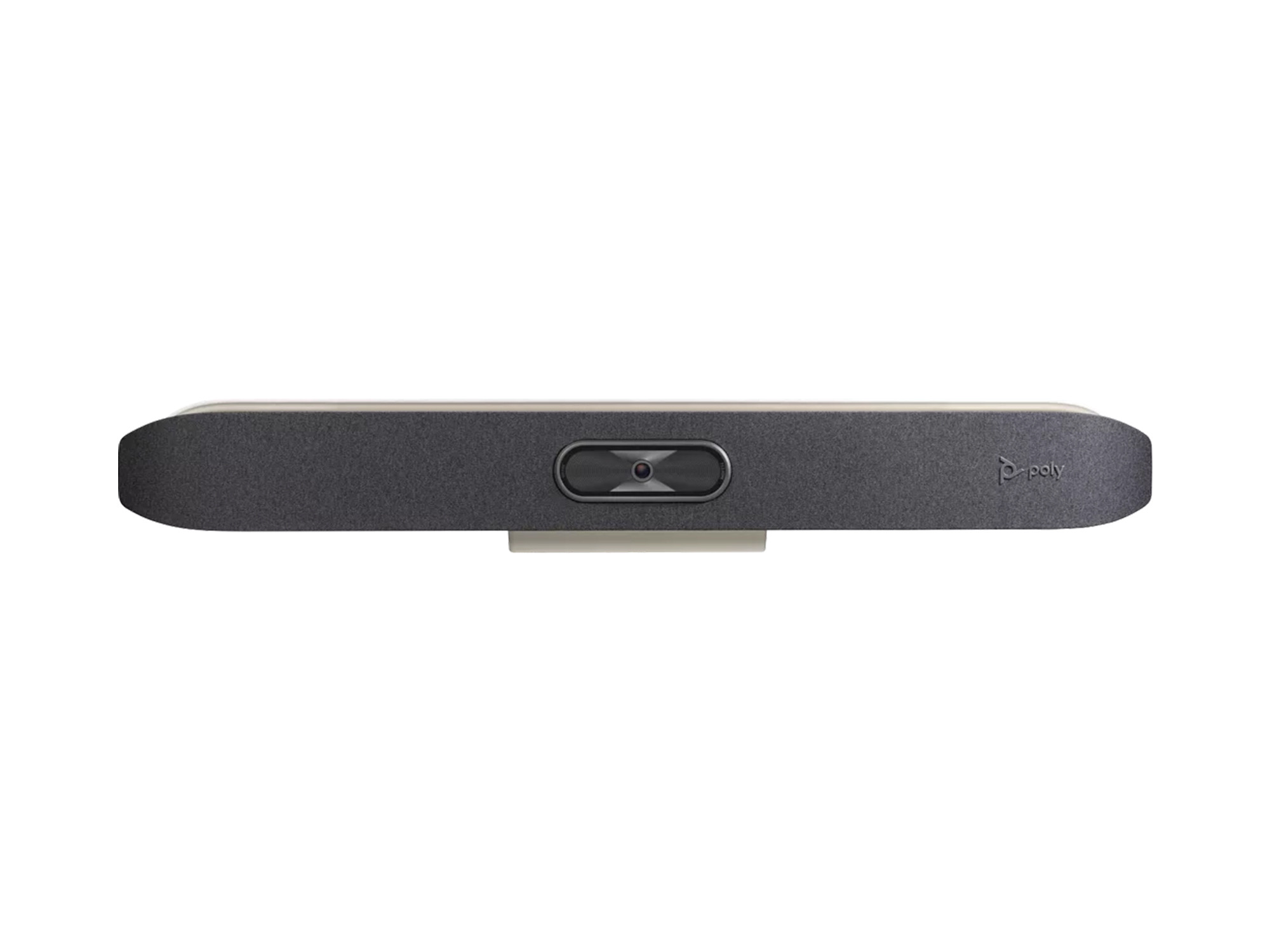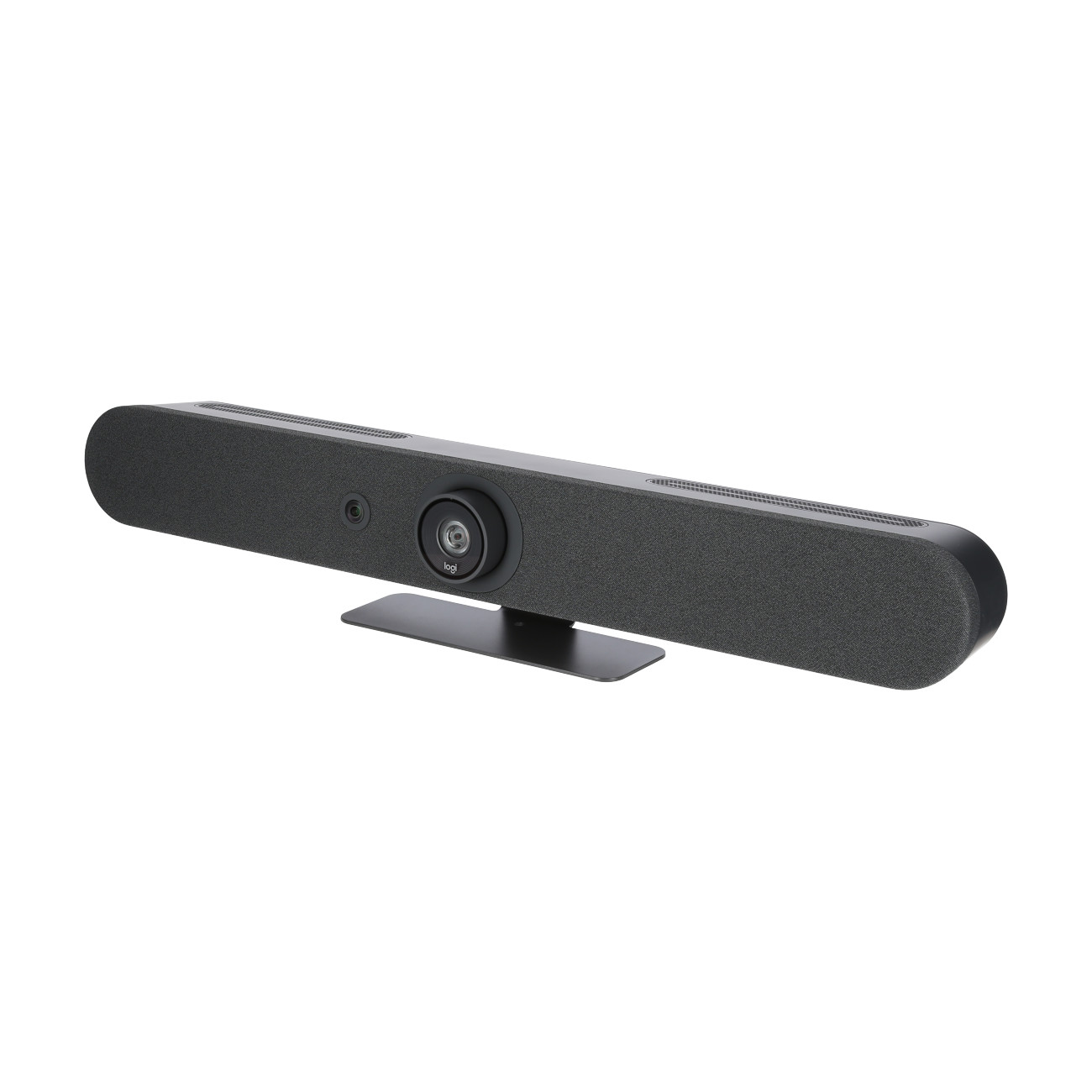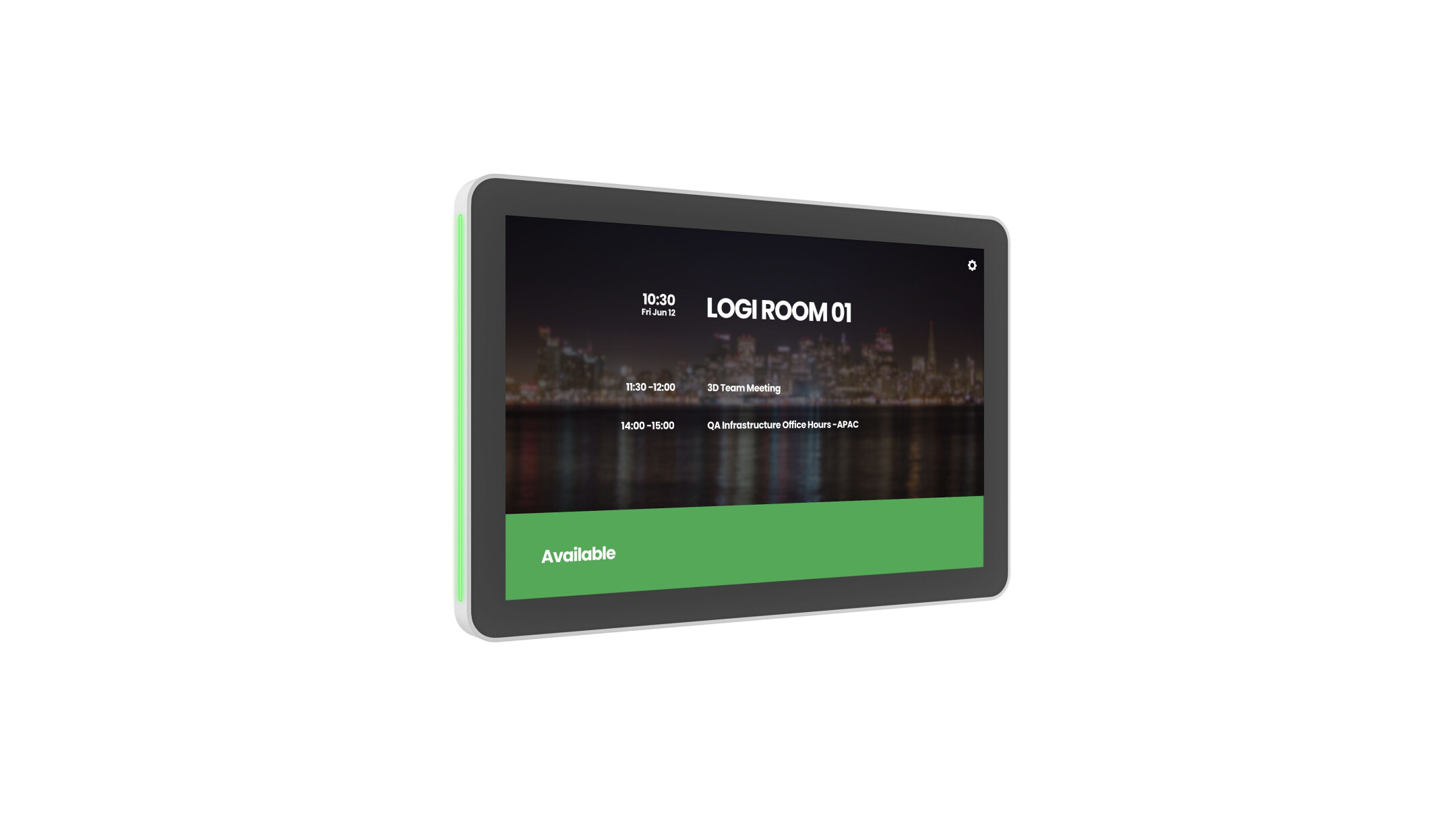























£556.18*


Frequently purchased together
Product information
Right place, right time
Tap Scheduler makes it easy to access meeting information and book a room for ad hoc or future meetings. Can easily be used as a dedicated scheduling panel for leading room scheduling solutions: Employees can find the right room at the first go.
Experience the following highlights:
- 10.1" diagonal
- 1280 x 800 resolution
- 100 mm x 100 mm VESA FDMI
- Oleophobic coating prevents fingerprints and glare
- Power over Ethernet, WLAN and Bluetooth
Green means go
Quickly find a free room using the green or red LED lights that indicate availability from a distance.

Clean, hassle-free installation
Supplied brackets and neat cable routing ensure an attractive, professional installation.
Glass bracket
Attach Tap Scheduler and maintain a clean look on both sides of the glass.
Bracket for post mounting
Attach Tap Scheduler to a door or window frame with the included bracket for even better visibility.
Wall mounting
Place and mount Tap Scheduler anywhere on the wall.
Specially designed as a scheduling panel
With a large screen and a smooth, unobtrusive profile, Tap Scheduler is designed for easy image viewing and usability. Count on Tap Scheduler for reliable performance with sturdy components designed to last.

Make the most of your existing space
Easily add Tap Scheduler to a variety of meeting rooms, from phone booths to video rooms to seating areas. This helps your employees to quickly find the right meeting location. Quick deployment and adoption with easy setup and an intuitive user experience.

Choose your platform
Enable a seamless meeting experience with Tap Scheduler and Logitech's versatile room solutions that integrate with Microsoft Teams®, Zoom Rooms™ and other service providers to take collaboration to the next level.

Easy management with Logitech Sync
With Logitech Sync, you can monitor and manage Tap Scheduler along with your other meeting room devices from a single platform.
Technical data
| Name | Logitech Tap 10.1" Display |
|---|---|
| Article number | 1000020661 |
| GTIN/EAN | 0097855169983 |
| Manufacturer SKU | 952-000094 |
| Model name | Tap |
| Brand | Logitech |
| Product Type | Room booking system |
| Application | Huddle Rooms , Large Rooms , Medium Rooms Application Ultra-short distance projector: Special short-distance projectors equipped with a wide-angle lens have been developed for conference room and classroom use. These projectors are also usually used for operation with interactive whiteboards. These projectors have the ability to project a large image from a very short distance. Ultra-short distance projectors are extremely popular in presenter circles because, for one thing, the image is not obscured when the presenter is standing in front of the screen. Secondly, the presenter is not or only slightly dazzled by the projector. An increase in this effect is offered by ultra-short distance projectors, which project the correspondingly large image from a distance of only a few centimetres. |
| Resolution | 1280 x 800 WXGA Resolution Resolution: The resolution of a projector is the maximum number of image points (pixels) that a projector can display based on its naturally existing technology, i.e. without conversion or cropping of the image. The native resolution is the number of pixels that a projector physically has to display the image. A projector usually interpolates a resolution when it receives an image signal with a higher resolution than the native one. If this is the case, there may be a lack of image detail or general blurring in the displayed image. If a projector receives an image signal with a lower resolution than the native, it also interpolates, it scales the image up to the native resolution, calculates corresponding additional pixels, if possible without changing the image information. The disadvantage here is that although the image is displayed larger than fed, the original individual pixels may become much more visible as they are multiplied by the conversion. 4K: 4K refers to the resolution of 3840 x 2160 or Ultra High Definition Television (UHDTV). This resolution corresponds to 4 times the resolution of Full HD. To record films with this resolution, special cameras are needed that can record at around 8 megapixels (4K). Full HD: The term Full HD is used to describe devices that can physically display or output HDTV signals in full (1920 x 1080 pixels). 1080p: 1080p is the specification of the vertical picture lines. Among other things, it refers to the resolution 1920 x 1080. The "p" in this case means full frames, so all picture lines are displayed simultaneously. 1080i: 1080i is the specification of the vertical picture lines. The "i" in this case means fields. This signal is usually displayed interpolated (e.g. by devices with a 1280 x 720 HDready resolution). The interpolation digitally adds pixels, but also offers a slight blurring. In contrast, 1080p playback uses full frames. |
| Diagonal | 10.1" |
| Inputs | 1x Ethernet Inputs HDMI: Digital connection for the transmission of picture & sound. Necessary for high-resolution picture quality (HDTV). Since HDMI 1.4 (High Speed) suitable for transmission of 3D content in Full HD. For high-resolution picture quality in UHD, 4K or HDR, the connection via HDMI 2.0a and higher is suitable. HDMI 2.1 or higher should be used from 120Hz refresh rate in 4K. VGA: The VGA connector is a 15-pin connector for analogue image transmission. It is also called DSub15 and is often found on notebooks and PCs. Compared to the other analogue connections, it offers good picture quality. It can be screwed to the input or output device and can be adapted to YUV with a suitable configuration. DisplayPort: The DisplayPort connection is a VESA-standardised connection for the transmission of image and sound data. In addition to HDCP encryption, DPCP is also supported. Due to its compact size, the connection is most commonly used in notebooks. An extra small variant is the MiniDisplayPort, which is used especially with Apple devices. DVI: DVI (Digital Visual Interface) is an interface for the transmission of video data. Only analogue signals can be transmitted via DVi-A, only digital signals via DVI-D and both types of signals via DVI-I. USB: USB (Universal Serial Bus) is used to control and manage the projector (USB-B). With some business devices, office files and images can also be presented directly with a USB stick or a mouse can be connected via the USB input (USB-A). Toslink: The Toslink connection is an optical signal connection that works on an optical fibre basis. It is used for the digital transmission of audio signals. The optical design offers a lower susceptibility to interference from external magnetic and electrical influences. The connection is mostly used in the area of DVD / Blu-ray players and comparable devices in connection with an AV receiver, if these work with dts or Dolby Digital signals. YUV: The YUV connection, also called Y Cb/Pb Cr/Pr or component connection, is an analogue video connection with three channels (light intensity and two colour channels). Qualitatively, it is the best analogue video connection. Component cable: The YUV connector transmits analogue signals over three cables (Y=black and white UV=colours). YUV is used to transmit HDTV and is compatible with Cinch, for example. S-Video: The S-Video connection is also called S-VHS or Hosiden connection. Compared to the Cinch video connection, it works with two channels (brightness/colour). In terms of quality, it is somewhat better than the Cinch video connection, but there are also limitations. These can be explained by the susceptibility of the signal, which is reflected in picture distortions, for example. Cinch: The cinch video connection is also called composite connection. To make it easier to recognise, it is usually sheathed in yellow. Since the transmission is only via one channel, the picture quality is on a low level. D-Sub15: The VGA connector is a 15-pin connector for image transmission on an analogue basis. It is also called DSub15 and is often found on notebooks and PCs. Compared to the other analogue connectors, it offers good picture quality. It can be screwed to the input or output device and can be adapted to YUV with a suitable configuration. RS232: The RS232 interface can be used to control or manage the projector. Mini Jack: With a single-pin Mini Jack, mono audio signals can be transmitted, with a two-pin stereo audio signals and with a three-pin stereo audio signals and image data can be transmitted. Scart: Scart is a connector that can be used to transmit analogue audio and video signals. It is compatible with other analogue connections such as RCA or S-Video. ARC: The audio return channel, also called ARC or audio return channel, was introduced with HDMI version 1.4 to reduce the amount of cabling between HDMI components. The audio return channel runs via the existing HDMI cable. Therefore, an additional cable for the sound no longer needs to be connected. However, both devices must support ARC. All audio file formats that are also transmitted via the SPDIF interface can be transmitted via the audio return channel. These include Dolby Digital, Digital Theatre Sound and PCM audio. As an example, a connection between a TV (including receiver) and an AV receiver could be made via an HDMI cable. The sound from the TV is fed back via the HDMI cable. Previously, an additional digital cable (coaxial or Tos-Link) was required for the audio signals. |
| wireless technology | WiFi wireless technology WLAN: WLAN (Wireless Local Area Network) refers to a wireless network. For example, projectors or displays can be connected wirelessly to various sources (notebooks, smartphones, etc.) to realise wireless image transmission. In some cases, additional components (dongles/adapters) are required for this if a wireless connection is not directly supported. AirPlay: Apple's AirPlay technology is used for wireless transmission of content, such as music and videos, from iOS and Mac devices. These can also be receiver devices such as speakers, AV receivers and stereo systems or TVs. Streaming also works from an iOS device to a matching receiver. The protocol developed by Apple can also be licensed by other manufacturers. iProjection: With the free Epson iProjection app, projectors can be operated remotely and office content and photos can be projected. The app is compatible with current Epson business projectors and can also be used as a practical remote control. Other features of this functionality include searching for available projectors, volume control, mute, and a freeze function to freeze the current image of a presentation. The most important Office contents, such as Word, Excel, PowerPoint, Keynote and PDF files, are supported and can be played back directly from the medium. Images in JPEG and PNG format can also be presented directly. The Epson iProjection app is available for download free of charge from the Apple App Store and the google Play Store. Easy MP: A special network function from Epson. The Easy MP function allows you to present efficiently over multiple computers via an existing network. Easy MP allows you to transfer a presentation, images as well as audio data via the network and thus receive a selection from various sources in the network. |
| Product width | 24.4 cm |
| Product height | 16.5 cm |
| Product depth | 2.85 cm |
| Weight | 0.7 kg |
| Colour | White |
| Condition | New |
| Warranty | 24 Month |
| Warranty type | Bringin service Service and support information |
Manufacturer's warranty information:
Here you will find more detailed information on the different types of warranty. The specified manufacturer's warranty is valid at least throughout the United Kingdom. Please refer to our manufacturer overview for contact details and warranty conditions for the corresponding warranty claim. Statutory warranty rights are not restricted by an additional manufacturer's warranty. Our liability for defects is governed by law. Defect rights can be claimed free of charge.
Product safety
| Company |
|---|
| Logitech |
| EPFL - Quartier de l'Innovation, Daniel Borel Innovation Center |
| 1015 Lausanne |
| Switzerland |
| info@logitechg.de |



